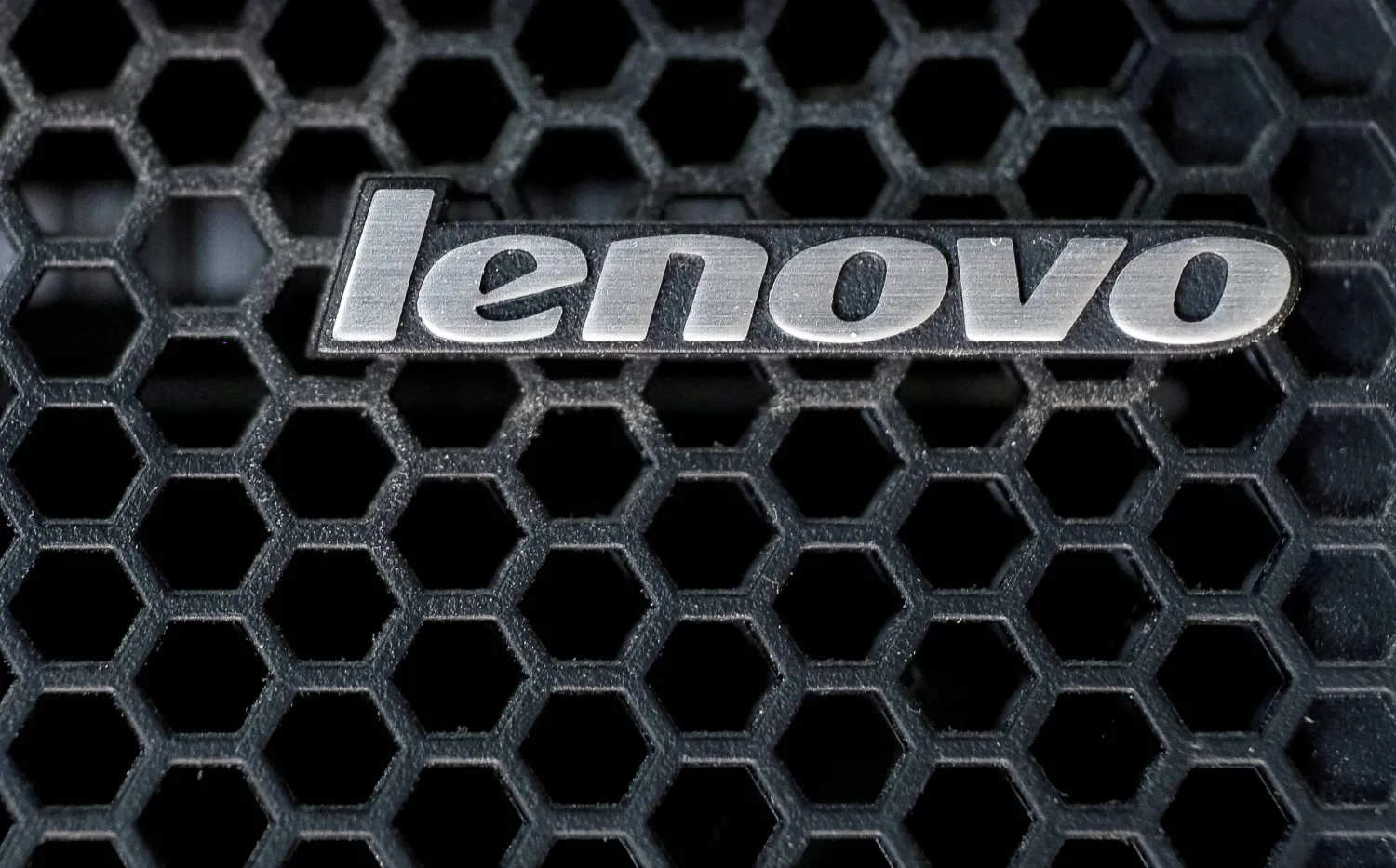China's Lenovo Group reported a 9% rise in fourth-quarter revenue to $13.8 billion on Thursday, as the world's largest maker of personal computers (PCs) exits a demand slump following the aftermath of the COVID-19 pandemic.
Revenue for the January-March quarter beat an average estimate of $13 billion drawn from eight analysts, according to LSEG data.
This marks a second consecutive quarter of revenue growth for Lenovo after it suffered five straight quarters of revenue declines amid the post-COVID slowdown, Reuters reported.
Last month, research firm IDC said the global PC market has finally returned to growth during the first quarter this year after suffering nearly two years of decline.
PC shipments grew 1.5% year over year to 59.8 million during the quarter, with Lenovo firmly holding on to the No.1 title with a 23% market share, according to IDC.
But overall, Lenovo's revenue for the year ended March 31 fell 8% to 61.9 billion, beating analysts' expectations of $56.19 billion.
Lenovo's net profit for the January-March quarter rose 118% to $248 million, beating analysts’ estimates of $162 million.
The company is also actively exploring opportunities in artificial intelligence (AI), while continuing to expand its non-PC business, such as smartphones, servers and information technology services.
Revenue for its service business unit rose 8.5% to $1.8 billion for the quarter.
Lenovo’s shares soared by 12% on Wednesday after it unveiled two new AI PCs, a new breed of computers configured to effectively run AI applications.
Morgan Stanley analysts said in a client note this week that Lenovo will likely be one of the main beneficiaries of the AI PC boom. While AI PCs now account for just less than 5% of the market this year, about 64% of new PCs will be AI PCs by 2028, they said.
As such, AI PCs can generate up to 53% of revenue by 2028 for Lenovo, the highest among all the PC manufacturers, compared with the current 2%, they added.
Lenovo's shares fell 0.18% on Thursday, ahead of the quarterly earnings release.









